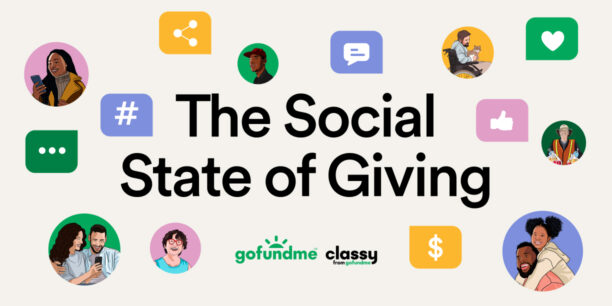NFT Fundraising Explained: What Is a Non-Fungible Token Donation?
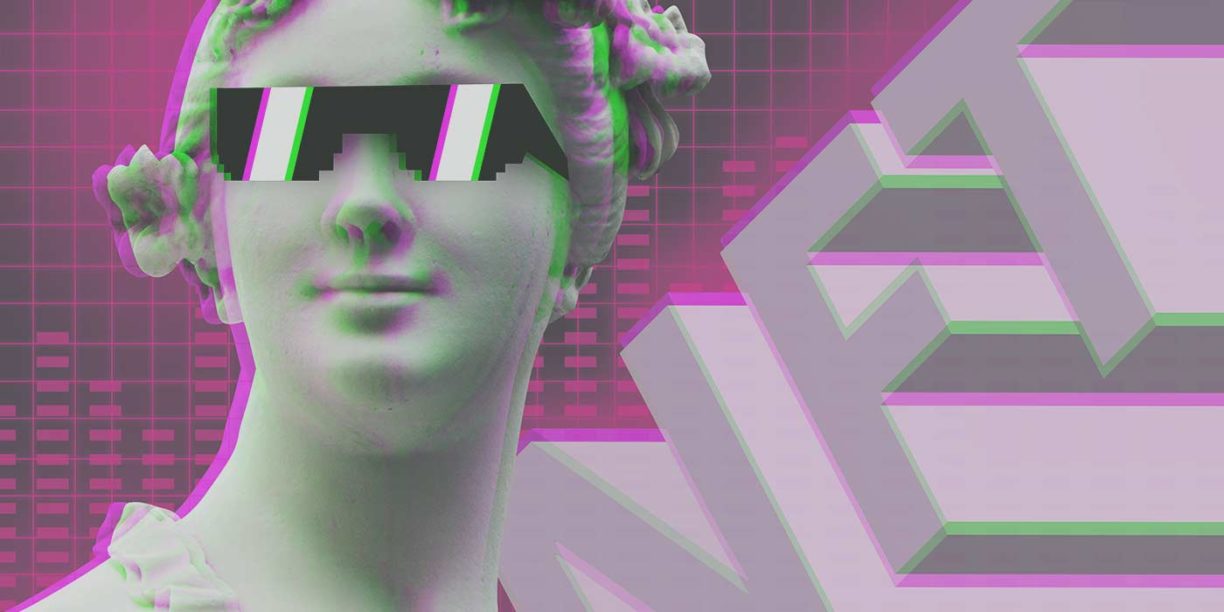
If you opened this blog with absolutely no idea of what a non-fungible token (NFT) is, you’re not alone. NFT fundraising is only one piece of the larger cryptocurrency donations conversation. That’s why we’ve dedicated this post to help you understand how it all works and how to test the waters when you’re ready.
NFTs are evolving from a far-reaching idea to a transactional norm. Nonprofits can jump right into this digital currency evolution by understanding how NFTs can help them reach new audiences and fuel their long-term missions.
Over the course of this article, you’ll learn why the $23 billion trading volume of NFTs signals the next wave of fundraising potential for nonprofits worldwide.
What Is a Non-Fungible Token (NFT)?
An NFT, or non-fungible token, is a type of cryptocurrency. Each NFT represents ownership of a unique item. Imagine them as tokens representing the official ownership of digital commodities like art, collectibles, and real estate.
Each NFT has its own unique identification code and metadata that distinguishes it from any other NFT on the market. Each NFT sits securely on a blockchain, a collective record that stores all cryptocurrency transactions. While Ethereum is the most popular blockchain for NFTs, it is not the only one. Any blockchain that can do smart contracts can support NFTs such as Tezos and Solana. Because of that, no one can change the record of ownership or duplicate the original copy.
Let’s explore the concept of an MP3 file as a comparison. Artists have rights to the original song files they create and release, but the copy someone makes illegally or shares with a friend at no cost is still the same song. NFTs avoid that copy-and-paste scenario by verifying the owner on the public record, making it impossible to replicate.
What Does Non-Fungible Mean?
Non-fungible means something is unique and cannot be replaced. It could also describe things like your laptop or phone. Each item has unique properties that you can’t see on the surface. You wouldn’t be able to swap your computer with the person next to you without losing programs, passwords, custom code, and more.
What Does an NFT Look Like?
We know NFTs are digital tokens, but what does that actually mean? How do you know if you’ve seen one or ever will?
You can’t hold an NFT in your hand. The digital token is often artistic in its own right, but its purpose is to represent a cryptocurrency value on the blockchain.
Some people may wonder why a piece of digital art could cause such a buzz. They might have said the same when credit cards were launched as simple pieces of plastic. It’s all about understanding the context of the value it represents beyond what you can see or hold.
How Does an NFT Gain Value?
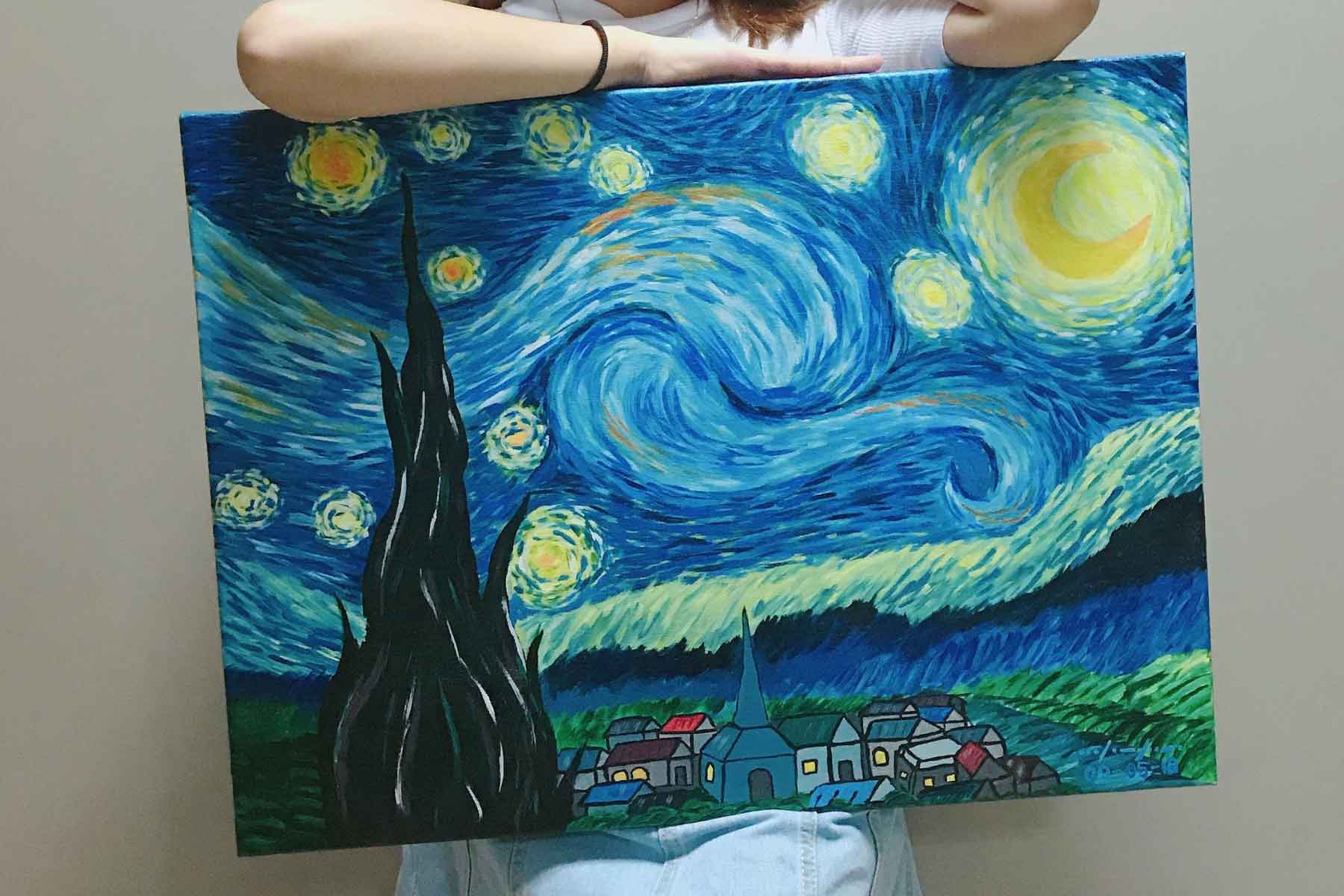
Think about the VanGogh painting Starry Night.
When Van Gogh created the original Starry Night, he didn’t assign any specific value. He likely didn’t anticipate the value ever reaching the level it has today, either. Instead, the perceived worth of the painting at the time of creation determined how much it sold for, and it’s been increasing in value ever since.
Many people own copies of the famous Starry Night. Those copies will never compare to the value of the original painting that lives in the Museum of Modern Art since 1941. The original is a one-of-a-kind copy that can’t ever be replicated the same way again.
An NFT works the same way. The original copy gains value as it transfers ownership. Each NFT begins with a buyer’s perception of its worth. Just like Starry Night, NFTs are sold on the global market to find owners that appreciate them, and one purchase is all it takes to get the ball rolling.
Examples of NFTs
Here are a few examples to help you see NFTs in action. Notice that they each capitalize on a moment or experience in a way that a physical item couldn’t.
- A digital clip of LeBron James dunking on Nemanja Bjelica sold for $208,000 as a “Moment” on NBA TopShot.
- Krista Kim designed a digital Mars House and sold the NFT for $500,000.
- Coachella announced their own line of lifetime Coachella passes, art prints, photo books, digital collectibles, and more through their Coachella Collectibles NFTs. Coachella is even donating a portion to Give Directly, Lideres Campesinas, and Find Food Bank.
What is NFT Fundraising?
So, how can you enter the world of NFTs without letting the complex terminology and forward-thinking processes become overwhelming? NFTs represent an exciting innovation in capturing value, which brings us to the topic of NFT fundraising.
When in-person fundraising slowed through 2020 and 2021, people got creative about using NFTs to entice worldwide donations without the restrictions of completing transactions internationally.
Cryptocurrency isn’t new to the nonprofit sector, but it’s now more accessible and understood. The American Red Cross started accepting bitcoin in 2014, for example.
NFT Charity Auctions: The Possibilities are Endless
NFT charity auctions are a way to increase donations without spending time and resources on the exchange of physical artwork or shipping costs.
Organizations can collaborate with NFT artists to create an item unique to their mission or potentially source an NFT auction item from a passionate supporter. There’s also the option of creating a one-of-a-kind NFT yourself to motivate giving.
Steps to create an NFT
- Choose a concept that seems relevant and unique
- Establish an ETH wallet and pay any associated creator fees
- List the NFT on a marketplace to “mint” it on the Ethereum or Solana blockchain as digital art. Research tells us that these platforms are popular among beginners:
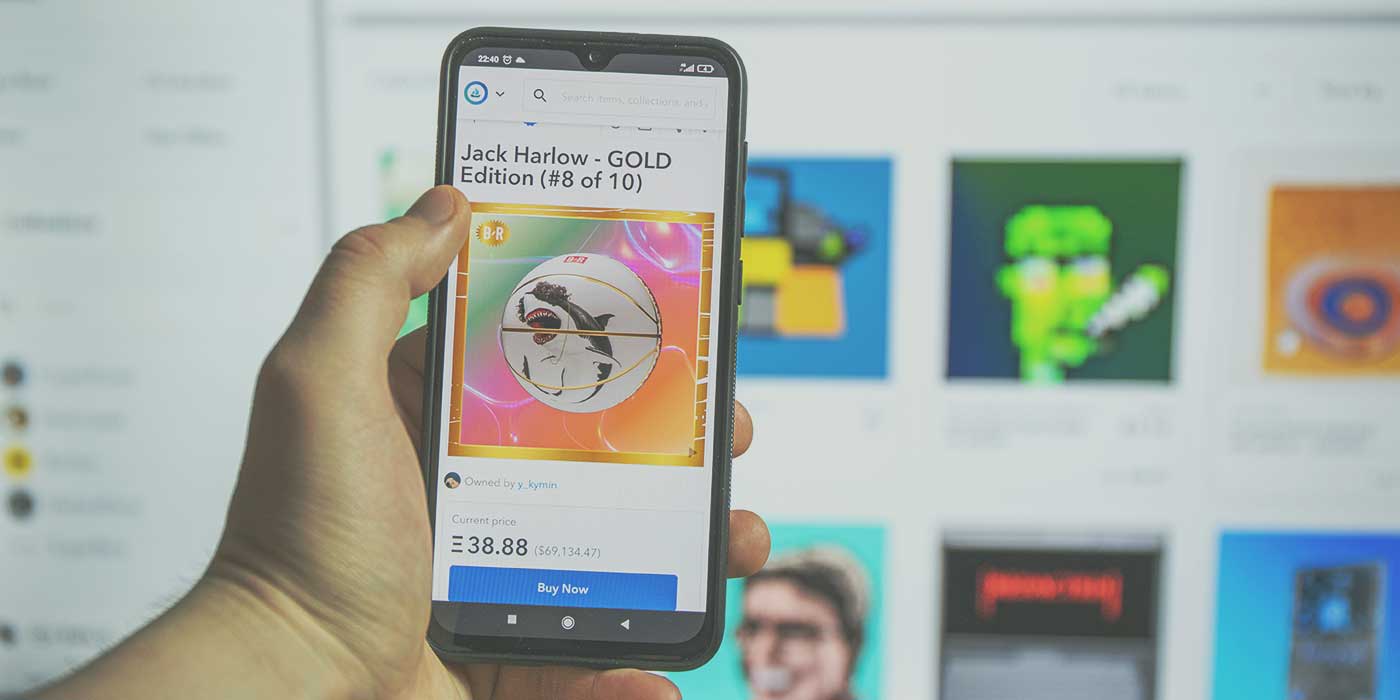
Once the NFT is created and minted, it’s ready to sell. The nonprofit can then work in collaboration with corporate partners and sponsors like we saw in the Coachella example or on its own to arrange for proceeds to benefit particular causes.
Start With a Few Ideas to Inspire Your NFT Concept
- Digital art of elephants made into a collectible NFT and auctioned to benefit wild elephant rescue in Africa
- Digital ribbons sold to fund cancer research
- A collection of NFT portraits created based on real women benefiting from the support of a local shelter
- A digital NFT home sold to fund the disaster relief of earthquake victims
Examples of New NFT Projects for Fundraising
The success of NFT fundraising is dependent on the creativity of nonprofits, creators, and those selling NFTs for good. We’ll showcase what’s been done so far to help you see the impact of this fundraising method.
- Melania Trump launched NFTs to help donors collect rare and limited-edition pieces while benefiting children in the foster care community. Her latest NFT is a digital painting of herself that sold for $190,764 in January of 2022.
- Blankets of Hope held a five-day crypto auction called “Right-Click, Give!” after collecting digital items and works of art from 50 members of the NFT community. Their list of contributors included Nicole Buffett, Gary Vaynerchuk’s VeeFriends, Tom Bilyeu’s Merry Modz, plus GutterCatGang, PixelVault, and World of Women.
- Hope for Haiti and FXG announced an NFT auction and exclusive virtual reality experience of Haiti to benefit the Haiti Earthquake relief in October of 2021.
We recognize the need for innovation and to create new avenues for support and collaboration. Hope for Haiti has partnered with digital artists who want to use their time and their talents for social impact.
During our last NFT auction, select NFTs were recreated in Virtual Reality (VR), and displayed on the “walls” of the VR classroom for users to view — something that hasn’t really been done before!
In addition to receiving the proceeds of sales to support our programs, we are learning how NFTs work and how they are created so we can be actively involved in the process and effectively organize large-scale campaigns.
Tips to Break Into the NFT Fundraising Community
Before you go, here are some tips to help you get to know NFT fundraising a bit more and see if it’s a good fit for your organization.
- Connect with NFT artists in your community to start forming relationships that can lead to partnerships when you feel ready to launch an NFT auction or sell NFTs as part of your fundraising strategy.
- Keep tabs on NFT news related to your specific cause sector or niche to set realistic goals for an NFT auction or specific fundraising campaign.
- Survey your donorsto get a pulse on their comfort level with NFTs so you can tailor your timing around the highest likelihood for a successful launch.
- Partner with corporate sponsors and organizations who’ve mastered the NFT marketplace already so you can test the concept with your audience.
Feel comfortable being uncomfortable, recognizing that there’s always something new to learn about cryptocurrency—specifically NFTs, and that embracing the learning curve will help you break down the fear of getting started.
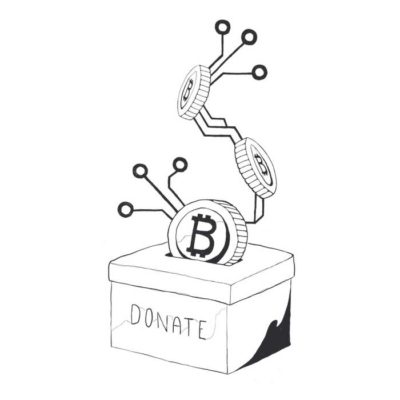
Explore Cryptocurrency Donations on Classy


